Bankless: What are the catalysts for Sui in 2025?

Reprinted from jinse
01/15/2025·23days agoAuthor: David C, Bankless; Compiler: Deng Tong, Golden Finance
Sui has been one of the most talked about L1s this cycle, with its roadmap plans generating excitement and garnering a lot of attention, helping it stay ahead of the curve during times of price volatility.
Even compared to other Move-based chains, Sui had a stellar season as it built a solid foundation for its ecosystem that looks poised for future growth in 2025 this quarter. There will be a series of major releases.
Let’s examine these upcoming catalysts for Sui, designed to enhance its DeFi suite, drive liquidity, grow its user base, and unlock support for new applications.
1. Upgrade DeFi
While Sui’s DeFi is about to undergo a series of upgrades, such as Aftermath’s perpetual contract market launch and network agency-driven continuation, top Suilend’s upcoming automated market maker (AMM) Steamm may inject vitality into Sui DeFi this quarter, Attract liquidity seeking efficient returns.
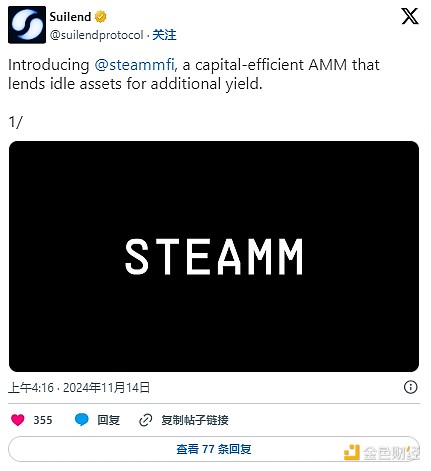
Traditionally, in AMMs, liquidity is provided across a range of prices for a trading pair. For example, if you provide liquidity to the USDC/SUI pool, your funds will be spread across all possible prices at which trades may occur. However, trading only occurs at specific price points, so a lot of liquidity is "idle" outside of active trading ranges. By introducing a "bank" function, Steamm introduces these idle funds into Suilend's lending pool, allowing liquidity providers to earn interest on capital that is not actively used for market making. This dual-purpose approach improves capital efficiency as providers can collect proceeds from transaction fees and borrowing. In addition to increasing the income of liquidity providers, Steamm will also issue profitable LP tokens, which can be used by other DeFi protocols on Sui to develop other strategies to effectively recycle liquidity throughout the network.
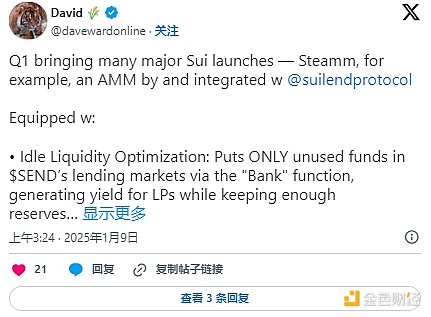
2. Increase liquidity
A series of releases will bring significant liquidity to Sui in the coming quarter, such as the launch of the BTCfi protocol Babylon Labs (and the protocols built on top of it), and the mainnet deployment of the multi- computing network Ika.
This cycle is another attempt to unlock the trillions of dollars in Bitcoin, as whichever chain accounts for only a portion of it will receive a massive infusion of capital. Given the security advantages of Move, these chains provide an attractive environment for bridging liquidity, and Babylon and Lombard (a liquid Bitcoin staking protocol built on Babylon) announced a strategic move to bring BTC to Sui. As Babylon's largest protocol, Lombard launched LBTC-wrapped Bitcoin tokens, accounting for approximately $2.2 billion of Babylon's approximately $5.3 billion in TVL. LBTC will allow Bitcoin holders to stake and earn returns while maintaining ownership of their BTC. Given Sui's current TVL of approximately $1.8 billion, even a modest reallocation from Lombard or other Babylon-based protocols (such as SatLayer, which also intends to launch on Sui) could significantly increase Sui's overall liquidity. Additionally, since Babylon is still working on the “demand side” mechanics of its protocol, currently, BTC holders who stake through it or any application based on it will only receive “points” toward future airdrops.
The second avenue for increasing liquidity on Sui is Ika, a new network that takes multi-party computation (MPC) to another level. Unlike traditional bridges, which often rely on centralized trust points, Ika uses a "2PC-MPC" model that spreads control over hundreds or even thousands of nodes, making it nearly impossible for any single entity to tamper with funds. By broadcasting messages rather than relying on one-to-one communication, Ika keeps transaction times low and can scale to thousands of signatures per second while remaining decentralized. This means assets such as BTC, ETH or SOL can enter Sui with fewer security concerns and less congestion, allowing developers to take advantage of more cross-chain lending, staking or trading options. The result is a more liquid, interconnected DeFi ecosystem, and Ika can connect Sui to the wider cryptocurrency world without sacrificing speed or security.
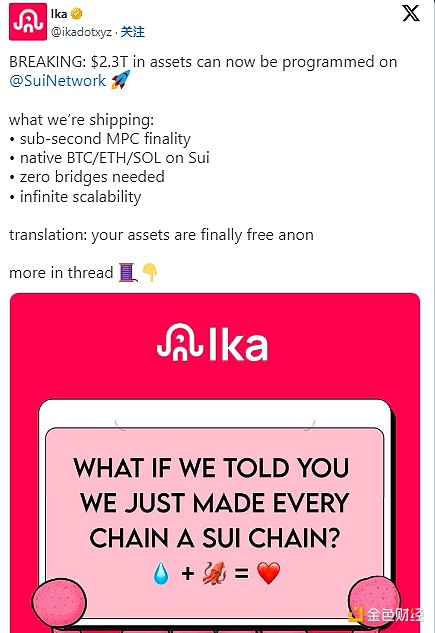
3. Expand user base
While increasing liquidity is crucial, attracting new users is equally important, which is where the recently announced integration between Phantom and Backpack wallets comes into play.
Known for its simple interface and broad support (Solana, Ethereum, and Bitcoin), Phantom has 7 million monthly active users, nearly as many as Sui’s total active accounts over the past 30 days. By adding Sui to Phantom, it not only gives these users a direct entry point into the chain, but it also gives the network a seal of approval based on Phantom's reputation. Meanwhile, the Backpack wallet serves more than 150 countries and also has an exchange that handles $60 billion in trading volume and will support Sui functionality.
Additionally, both wallets offer mobile support, in line with the growing trend of crypto users who prefer to transact via smartphones. As these integrations roll out, the barriers to using Sui will be lowered, increasing its distribution and making it possible to gain more users.
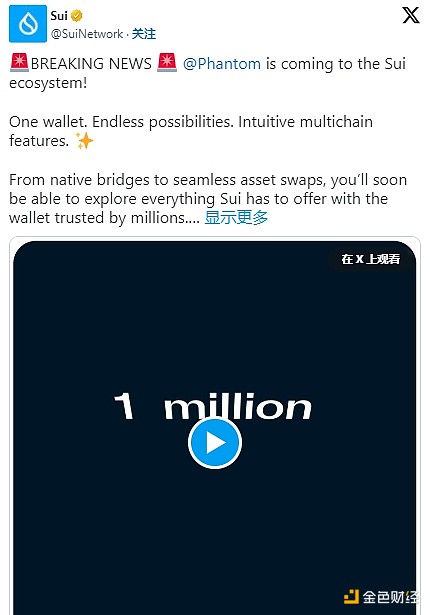
4. Extended use cases
Developed by Sui founder Mysten Labs and expected to be launched this quarter, Walrus will be a blockchain-agnostic decentralized storage protocol that can combine the capabilities of Sui by storing large-scale rich media data in a distributed manner. Expand beyond finance.
Walrus works through a process called Red Stuff erasure coding, which splits and spreads data across multiple nodes, reducing reliance on traditional centralized hosting. Therefore, rather than having each Sui node hold a large number of files, Walrus will offload these blobs onto its own network, thus keeping Sui's core ledger lean. By coordinating incentives and node management with the Sui blockchain, Walrus can run efficiently without duplicating consensus or overloading storage.
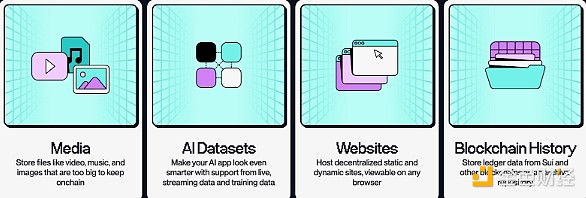
This design opens up a wide range of possibilities. It will increase the functionality of blockchain-based AI applications, which can easily use decentralized data to train models for any use case through Walrus. For media, Walrus provides a solution for storing content in a resilient, durable environment, which remains a problem for digital content. Additionally, with Walrus Sites, developers can build fully decentralized front-end websites that load their code and assets directly from Walrus, reducing reliance on traditional hosting. Even broader use cases, such as storing transaction history for high-speed chains or as a data availability layer for aggregation, are possible on Walrus.
By handling the storage layer in a way that is both cost-effective and highly scalable, Walrus paves the way for diverse applications beyond the typical DeFi and NFT focus, further expanding what can be achieved in Sui's growing ecosystem.
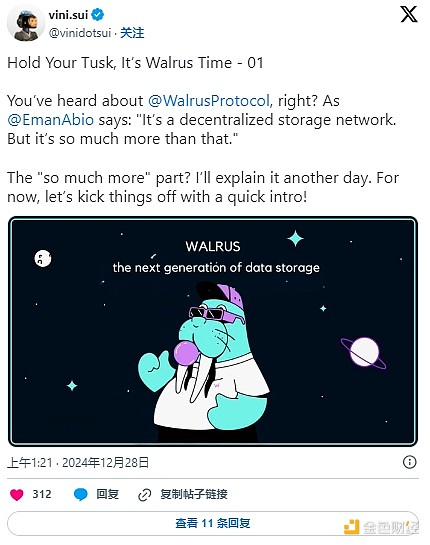
5. There will be major upgrades in the future
While Sui's current focus is on catalysts such as Steamm's capital-efficient AMM, Babylon/Lombard's BTCfi liquidity, Ika's cross-chain MPC, and Phantom/Backpack wallet integration, the development of the network does not end there.
Deeper upgrades such as Mysticeti v2 and SIP-45 are also coming. Mysticeti v2 improves Sui’s parallel transaction model, potentially unlocking faster confirmation speeds for DeFi, gaming, and other resource-intensive applications. At the same time, SIP-45 solves the problem of transaction fees during peak demand, proposes higher gas price limits, and allows users to pay extra for fast processing. This ensures that critical operations do not stall when network activity surges.
Taken together, these developments are indicative of Sui's broader ambitions. From increasing DeFi liquidity and user adoption to supporting large-scale data storage and advanced AI, Sui is laying the foundation for beyond basic finance. As these protocols and upgrades come online, they will solidify Sui's position as a versatile platform powered by the Move language - one that can host not only current use cases for encryption, but also the next generation of high-throughput, decentralized services.
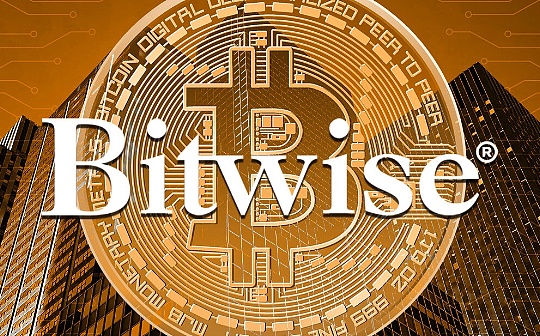

 chaincatcher
chaincatcher
 panewslab
panewslab